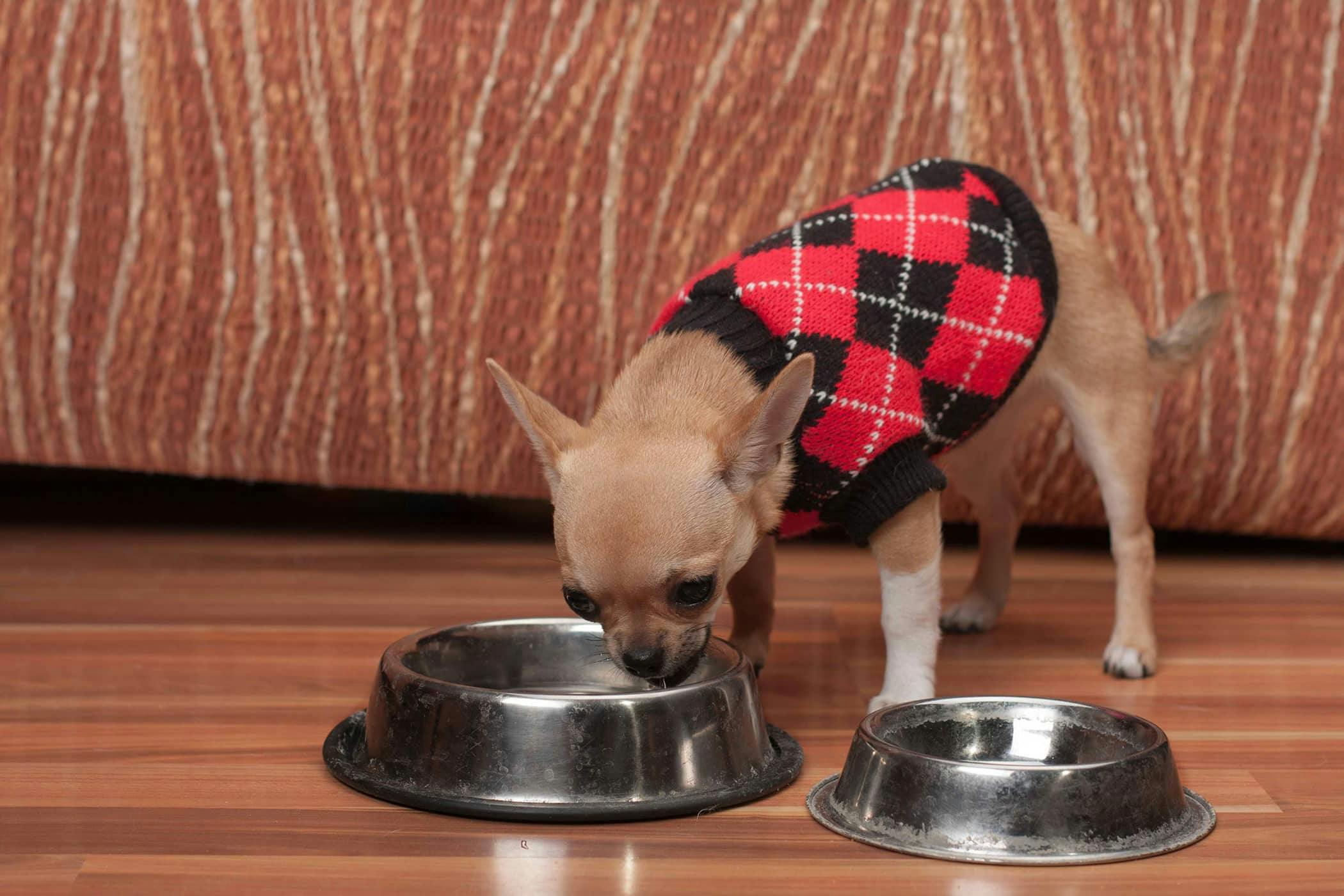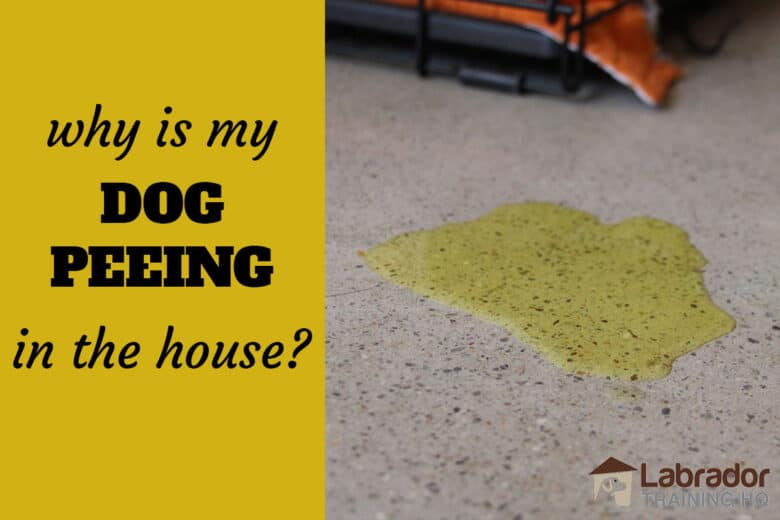Table Of Content

The longer a dog goes before being spayed or neutered, the more difficult it will be to train them not to mark in the house. Spaying or neutering your dog should reduce urine-marking and may stop it altogether. Instead, you can use dog diapers or belly bands to absorb urine and keep your floors clean. Make sure you consider your dog’s size and anatomy when choosing a diaper or belly band. Wee-Wee Disposable Dog Diapers come in four sizes and fit both male dogs and female dogs.
Female vs. Male Incontinence
The good news is there are usually easy fixes to stop a dog from peeing in the house. If your dog tolerates wearing doggy diapers or belly bands indoors, these might save you some serious cleanup. Providing mental stimulation with exercise, interactive toys, and taking your dog on frequent outings may relieve their urge to urinate indoors. You can also try using waterproof pads or washable bedding while they sleep. AKC is a participant in affiliate advertising programs designed to provide a means for sites to earn advertising fees by advertising and linking to akc.org. If you purchase a product through this article, we may receive a portion of the sale.
Urinary Issues in Dogs: What You Need to Know

Adult dogs may start peeing in the house for a variety of reasons, including health issues that must be addressed before the behavior can change. If medical causes are ruled out, potential emotional factors, such as grief or anxiety, should be considered. It’s important to provide your dog with access to fresh water throughout the day to prevent dehydration and promote good health. While limiting water intake may reduce accidents in the house, it can also lead to health issues such as urinary tract infections or kidney disease.
Is it urine-marking or submissive urination?
Encourage your dog to use designated potty areas and redirect their attention to appropriate behaviors. If your dog is marking inside the house, start by cleaning and neutralizing any marked areas to remove the scent. Consider using pheromone-based products, providing plenty of outdoor potty breaks, and addressing any underlying anxiety or territorial issues that may be contributing to the behavior. They might also perform an ultrasound will reveal if tumors or growths in the bladder are causing the problem. To see if urinary stones are causing the problem, your vet may take radiographs as well. In many cases, frequent urination in old dogs is actually a symptom of an underlying medical problem—one that should never be ignored.
When it comes to behavioral issues in dogs, acting out for attention is a common occurrence. These kinds of behaviors are prevalent in animals, just as they are in humans. If a urine test for this comes out negative, your veterinarian will start looking into more serious health issues.
Our Top 11 Picks For The Best Indoor Dog Potty - iHeartDogs.com
Our Top 11 Picks For The Best Indoor Dog Potty.
Posted: Fri, 08 Sep 2023 07:00:00 GMT [source]
Along with urinary accidents, your dog may also have other symptoms, such as increased thirst, decreased appetite, lethargy, gastrointestinal issues (diarrhea and/or vomiting), or skin problems. For senior dogs, incontinence typically occurs as they get older, and they don’t always have a history of previous urinary issues. Urinary cancer is a more common finding in senior dogs and can lead to incontinence. While their accidents certainly could be a result of their age, their symptoms could also point to underlying medical conditions that require treatment.
Old Dog Peeing Inside The House, Is It Time To Put Them Down?
Changes in household routines may also cause a dog to suddenly piddle in the house. If you have more than one dog, recognize that each one has his own unique potty habits. To clean up urine and remove odors from your floors and carpets, use a pet-safe enzymatic cleaner specifically designed for eliminating pet odors.
In many circumstances, the interaction that triggers the peeing will be visible, such as over-excitement or surrender. Male dogs who have not been neutered are particularly prone to this, but any dog may begin to do so in response to a danger to their personal space. Looking at what else is going on with your dog will help you figure out which cause is at work in your house. The truth is dogs do not comprehend revenge and will not act maliciously.
Old Dog Incontinence: Accident or Illness?
If none of the options above seem to fit your dog’s situation, it is very possible that they have developed a urinary tract infection. Unless there is an obvious trigger such as being frightened or being left alone for a long period of time, this is not normal for a potty trained dog. Once your vet has ruled out all health issues, it is likely that you and your dog are facing a behavioral problem. Many times, this behavior is transitory in nature and is not a chronic issue. For some dogs, however, they may have repeated episodes of “happy peeing,” which may occur unexpectedly.
Because males and females urinate differently, their incontinence looks a little different as well. Owners often report that their older spayed females will sometimes unexpectedly leak urine while asleep. This situation is caused by dogs’ lower estrogen levels as they age, which weakens their urethral muscles. That’s why incontinence often begins when dogs reach middle age and their bladder weakens. Accidents happen, but as a dog owner, there are two things that no one likes to witness.
If your dog pees small amounts in multiple places, they might have a UTI. If they pee during a thunderstorm, stress might cause them to have accidents. If your dog is also showing atypical behaviors, like wandering the house at night or increased anxiety, they could suffer from cognitive dysfunction. Increased urination in dogs is characterized by frequent urination, accidents, or incontinence. Your dog may excrete large volumes of urine (polyuria) or release small amounts more frequently than normal (pollakiuria). It can be heartbreaking to see your senior dog urinating frequently, and taking them to a pet hospital can be challenging.
The key to successful potty training is to prevent all accidents and make sure your puppy only goes to the bathroom in the appropriate toilet spot. Dogs may prefer to pee in certain areas of the house due to scent markings, territorial behavior, or previous accidents. Clean and neutralize any marked areas to remove the scent, provide plenty of outdoor potty breaks, and use positive reinforcement to encourage your dog to use appropriate potty areas. The time it takes to train a dog to stop peeing in the house can vary depending on the dog’s age, breed, temperament, and previous training. With consistent training, positive reinforcement, and patience, most dogs can be successfully potty trained within a few weeks to a few months. As more dog owners seek help in training their furry companions, professional dog training services have become increasingly popular.
Dogs who have lived in an abusive environment can exhibit submissive urination even with gentle interaction with other dogs and humans. Likewise, dogs in multiple-dog households can display inappropriate urination simply because they are not the alpha dog. Other times, there may be a disturbance outside, like a new neighborhood cat or dog, or wildlife wandering around. In these scenarios, your dog is typically just trying to establish that the house is their territory. Major and minor changes in the house can sometimes be overlooked as a cause of your dog having urinary accidents.


No comments:
Post a Comment